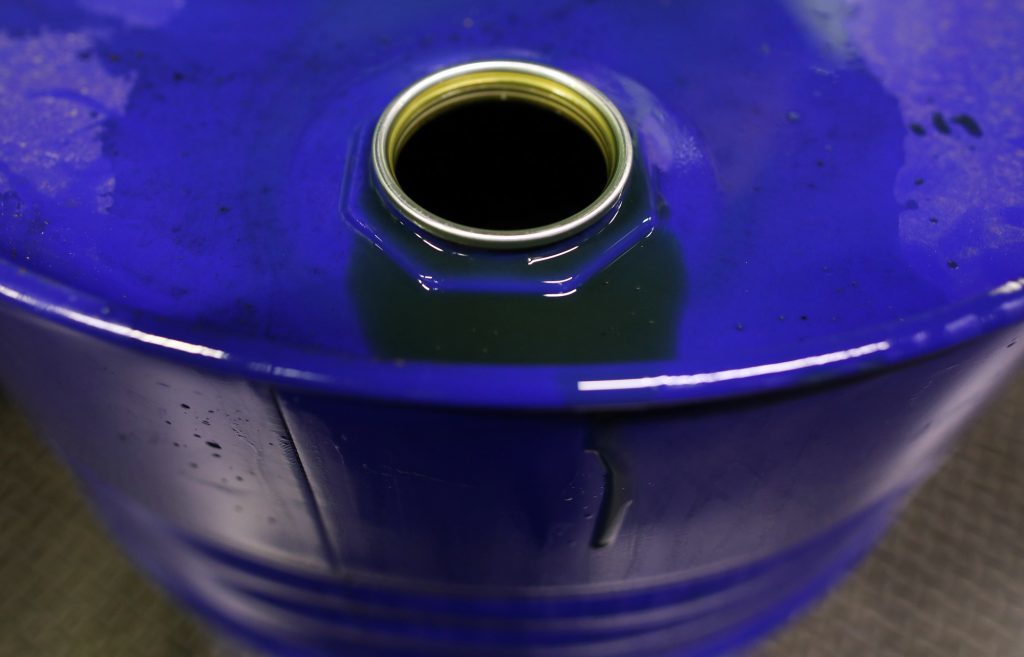
Oil’s revival from the biggest crash in a generation persisted, with prices set for a second annual gain after weathering everything from hurricanes and Middle East conflict to the tussle between OPEC and U.S. shale.
Benchmark futures are up more than 11 percent in 2017, after going into a bull market in September. While gains were driven by glut-shrinking output cuts by the Organization of Petroleum Exporting Countries and its allies including Russia, geopolitical tensions in the Middle East as well as pipeline disruptions from the North Sea to Canada and Libya have also helped. In 2018, investors will watch if U.S. output undermines OPEC’s curbs.
Speculation is rising that American drillers will put more rigs to work as oil strengthens, with shale growth driving forecasts of record U.S. supply in 2018. That could act counter to plans by producers including Saudi Arabia, who have pledged to extend production curbs through end-2018 to wipe out a global glut. After Hurricane Harvey shut Gulf Coast refiners at the end of August and hurt prices, violence in Iraq and a pipe crack in the U.K. have helped buoy crude.
“The key driver for the oil market this year has been that the OPEC and Russian production cuts were introduced, complied with and extended,” said Ric Spooner, a Sydney-based analyst at CMC Markets. “This has allowed the market to reduce inventory despite production increases in the U.S., Libya and Nigeria.”
West Texas Intermediate for February delivery was at $60.28 a barrel on the New York Mercantile Exchange, up 44 cents, at 2:58 p.m. in Seoul. Total volume traded was about 62 percent above the 100-day average. Front-month prices are 12 percent higher this year, after rising 45 percent — the most since 2009 — in 2016.
Brent for March settlement added 46 cents to $66.62 a barrel on the London-based ICE Futures Europe exchange. The February contract expired Thursday, after rising 28 cents to $66.72. The benchmark for more than half the world’s oil has gained 17 percent this year, after climbing 52 percent in 2016. It was at a premium of $6.29 to March WTI.
Oil’s trading at the highest level since mid-2015 after WTI breached above $60 a barrel for the first time in more than two years. The benchmark traded at an average price of about $51 this year. Nationwide stockpiles fell 4.6 million barrels last week to the lowest level since October 2015, according to the Energy Information Administration Thursday. That beat the 3.75 million average estimate in a Bloomberg survey of analysts.
“The tug-of-war between OPEC and the U.S. will continue to pressure oil from trading above $60 a barrel in 2018,” said Kim Kwangrae, a Seoul-based commodities analyst at Samsung Futures Inc. “Like we’ve seen this year, geopolitical risks will be the key factor going forward for oil to breach $60.”
Following an explosion on Tuesday, Waha Oil Co. is working to repair the pipeline that carries crude to Libya’s Es Sider port, the North African nation’s biggest export terminal, while a major U.K. North Sea pipeline is nearing a return to full service after an outage this month.
